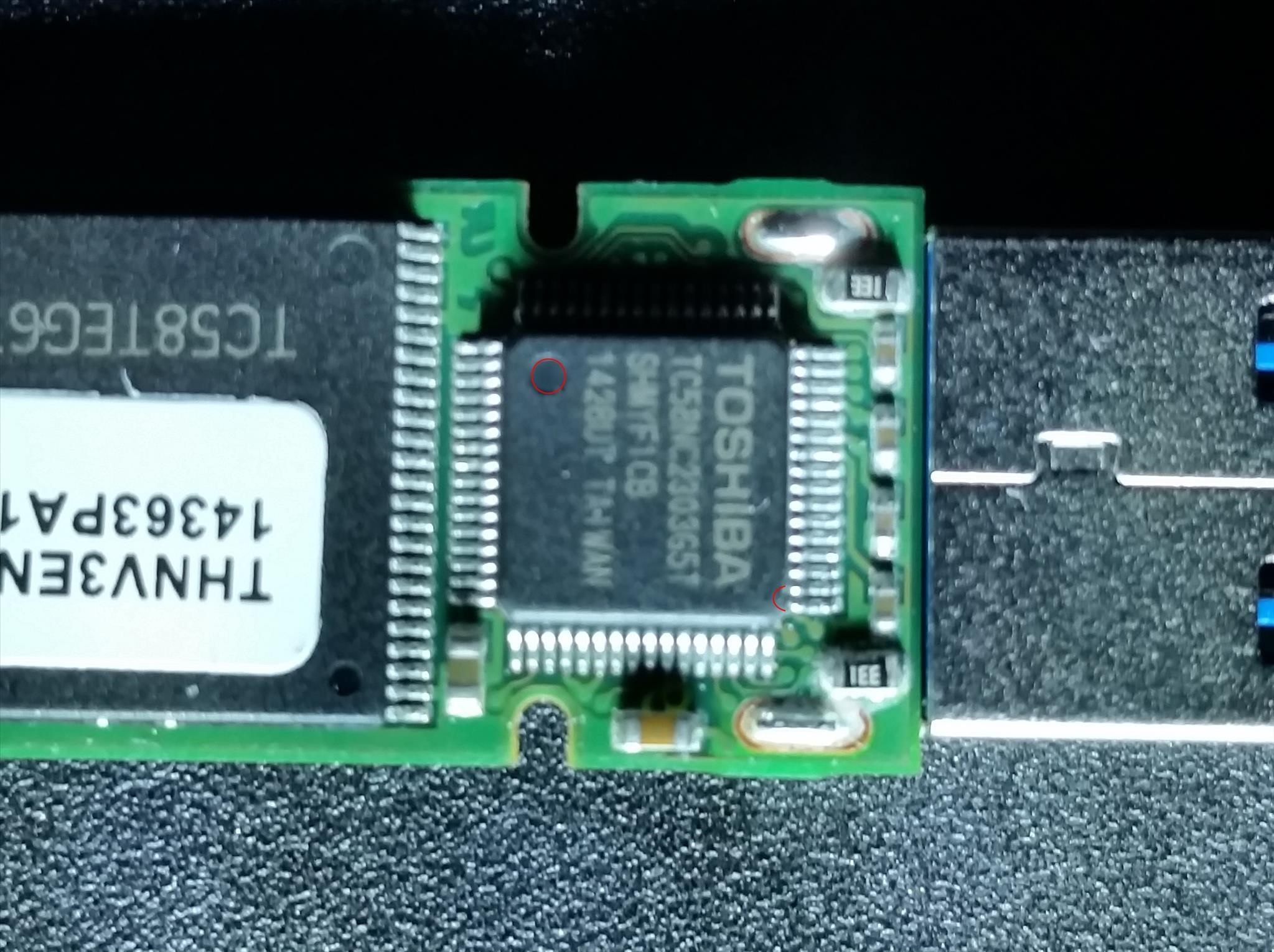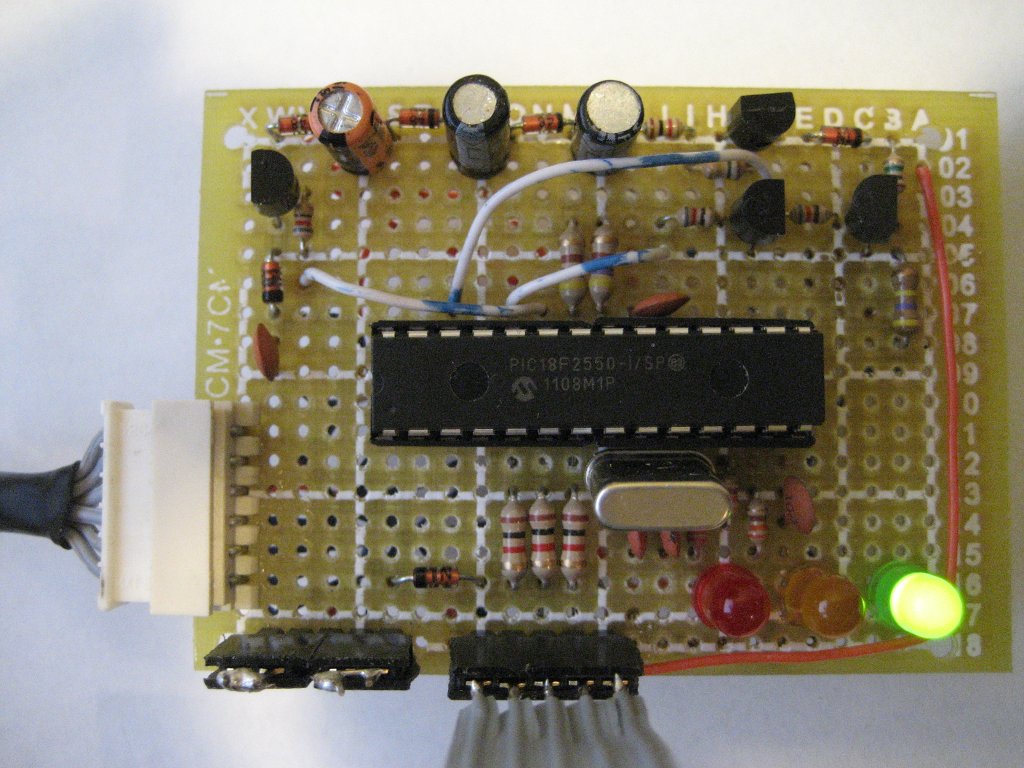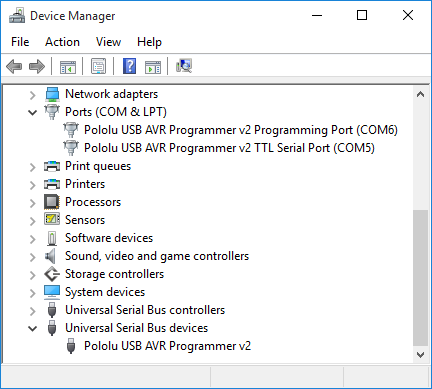

- #How to make a usb pic programmer how to#
- #How to make a usb pic programmer install#
- #How to make a usb pic programmer 64 Bit#
- #How to make a usb pic programmer drivers#
- #How to make a usb pic programmer code#
After soldering the caps, post if still doesn’t work so that we can proceed. Mine even worked on a ‘protoboard’ when I first built it for testing. With respect to the ‘veroboard’, it should work fine if you got careful with the connections. Martin is right in that you *MUST* put two ceramic caps (22pF or 27pF should be fine) from each crystal terminal to GND. Windows users: As an advice, it is more convenient to right-click the chips.xml file and click the “Edit” entry so it will be opened in Notepad, otherwise if the user double-click the file it will be opened in Internet Explorer.īTW, isn’t time for a new Windows release? If it works fine, the user might wish to post here to let you and the users to know. All the needed information can be found in the respective datasheet. I take the liberty to ask other users to try other ATtiny/ATmega parts (at their own risk), copying the closest part and modifying the tags accordingly (not forgetting to change the tag). I detailed this information here for your knowledge (so you can safely include in the next release), and for all users. When I ran eXtremeBurner AVR, I found the Atmega168P listed just below the Atmega168, and the part was programmed successfully. As the only differences between the 168 and 168P are the name itself and the chip signature (which identifies it), I copied the 168 entry and pasted it right below, changing the tags (to place the suffix “P”) and (to change the 168 signature 0x0006941E into 168P sig 0x000B941E, found in the datasheet), as below: I realized that you keep the parts database in the “Data” sub-folder in the XML file chips.xml. I needed to program a Atmega168P part, but just found an entry for Atmega168 in the “Chip” menu. Thanks again for a major advance in AVR programming! I did have to “hide” the libusb files (per your suggestion). That said, V1.0 is Very Nice, although I would rather that the “read” (or “write) buttons on a given “page” limit their actions to that page, with the “all” function being on the menu bar. I’m sure you’ve seen this format – it’s pretty common in the “business”. YAF (yet another feature) would be an ASCII interpretation of the FLASH (and/or EEPROM) contents in addition to the hex values (with a “.” or “-” for non-ASCII chars). An even better feature would be a way to list the differences (often marked by an internal date stamp).
#How to make a usb pic programmer code#
AVR studio has this feature, which is very useful for checking if an “unknown” chip has the code in it that you think it does. eXtreme Burner is very nice, but I’d like to request a missing feature for V1.1, namely a way to VERIFY (independent of programming) the contents of a chip against a given file. I was searching for an alternative to AVRdude, which is, as you say, not very “user-friendly”, and found your comment on another site, which led me here. Peoples interested in translating the app may get more information on this page. Don’t stop for a minute! -Frank 🙂 Translators Please don’t hesitate to leave your comment here. This is first public release so please send your suggestions and bug reports.
#How to make a usb pic programmer install#
Only after disabling this feature install the software.
#How to make a usb pic programmer how to#
Please see the following video on how to disable this. These OS does not allow installation of unsigned drivers.

#How to make a usb pic programmer drivers#
This version has the drivers built into the installer.
#How to make a usb pic programmer 64 Bit#
XP®, Vista®, 7 (both 32 and 64 bit versions).

I will find a fix for it, if you know it please let me know !)

Or KDE (All Modern Distro Come with at least


 0 kommentar(er)
0 kommentar(er)
